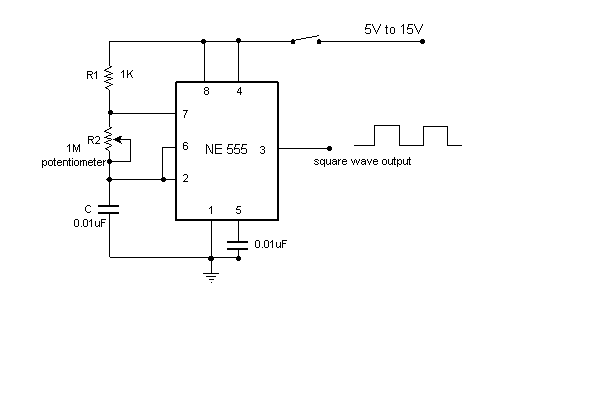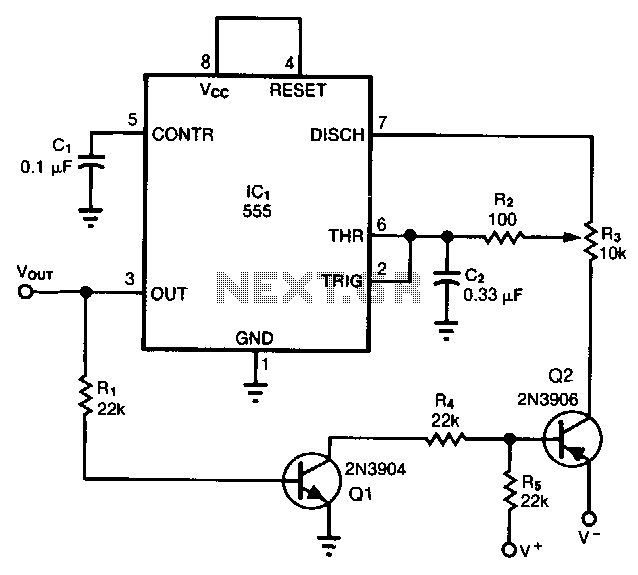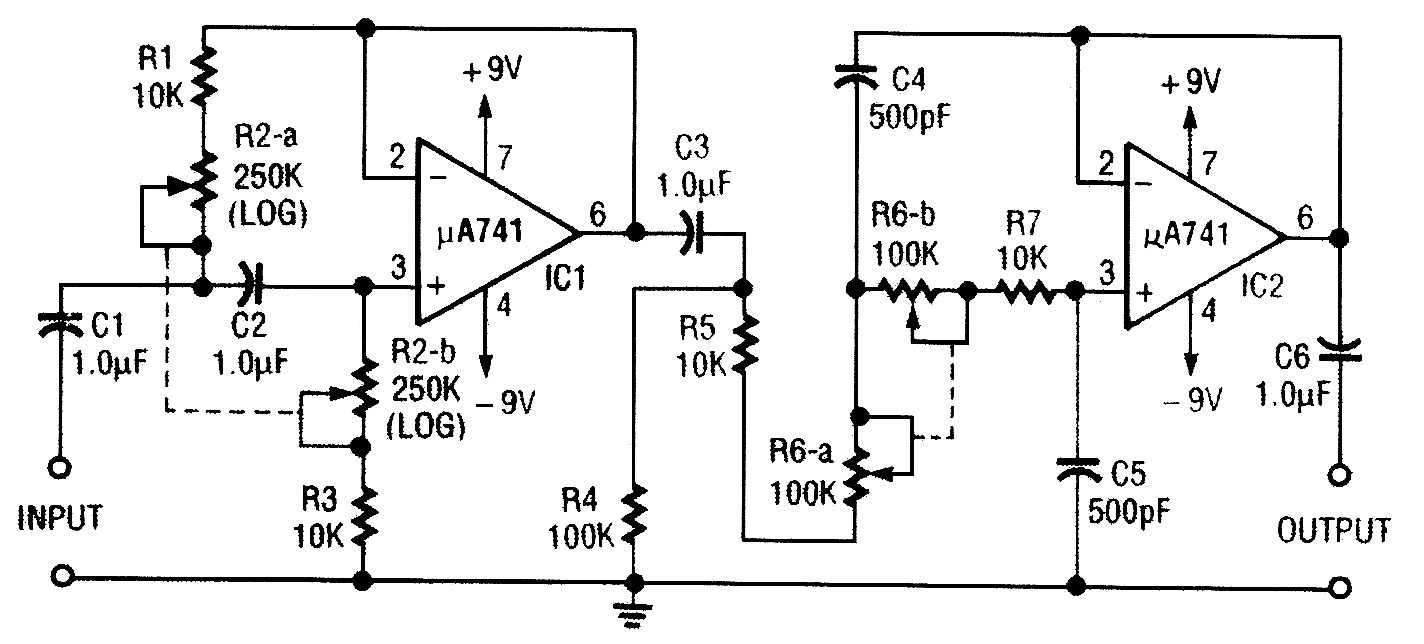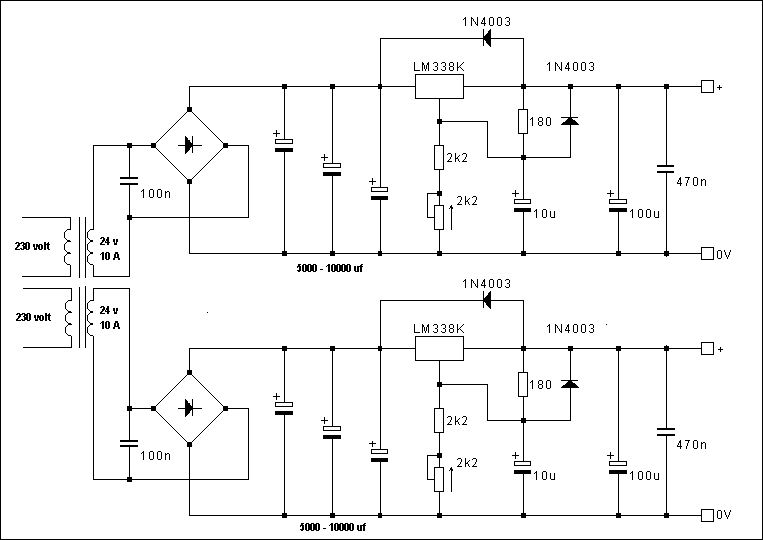
Variable inductor
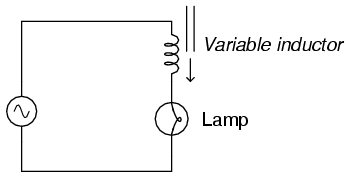
Wind hundreds of turns of magnet wire around a paper tube. Connect this homemade inductor in series with an AC power supply and a lamp to create a circuit. When the tube is empty, the lamp should shine brightly. When a steel bar is inserted into the tube, the lamp dims due to the increased inductance (L) and, consequently, the increased inductive reactance (XL). Experiment with bars made from different materials, such as copper and stainless steel, if available. Not all metals produce the same effect due to variations in magnetic permeability.
The described circuit utilizes a homemade inductor created by winding magnet wire around a non-magnetic paper tube. The number of wire turns is critical, as it directly influences the inductance value of the inductor. The inductor is connected in series with an alternating current (AC) power supply and a lamp, forming a simple yet effective circuit to demonstrate the principles of inductance and reactance.
When the circuit is powered, the lamp will initially illuminate brightly, indicating that the inductor is not yet influencing the circuit significantly. As a steel bar is inserted into the tube, the magnetic field inside the inductor changes, leading to an increase in inductance. This increase in inductance results in higher inductive reactance (XL), which opposes the flow of alternating current through the circuit. Consequently, the lamp's brightness diminishes, illustrating the effect of inductance on current flow.
The experiment can be further enhanced by substituting the steel bar with bars made from various materials, such as copper and stainless steel. Each material has a distinct magnetic permeability, which affects how the magnetic field interacts with the inductor. This variation can lead to different levels of inductive reactance and, thus, different effects on the lamp's brightness. The exploration of these materials provides valuable insights into the principles of electromagnetism and the behavior of inductors in AC circuits.Wrap hundreds of turns of magnet wire around the paper tube. Connect this home-made inductor in series with an AC power supply and lamp to form a circuit. When the tube is empty, the lamp should glow brightly. When the steel bar is inserted in the tube, the lamp dims from increased inductance (L) and consequently increased inductive reactance (XL). Try using bars of different materials, such as copper and stainless steel, if available. Not all metals have the same effect, due to differences in magnetic permeability. 🔗 External reference
The described circuit utilizes a homemade inductor created by winding magnet wire around a non-magnetic paper tube. The number of wire turns is critical, as it directly influences the inductance value of the inductor. The inductor is connected in series with an alternating current (AC) power supply and a lamp, forming a simple yet effective circuit to demonstrate the principles of inductance and reactance.
When the circuit is powered, the lamp will initially illuminate brightly, indicating that the inductor is not yet influencing the circuit significantly. As a steel bar is inserted into the tube, the magnetic field inside the inductor changes, leading to an increase in inductance. This increase in inductance results in higher inductive reactance (XL), which opposes the flow of alternating current through the circuit. Consequently, the lamp's brightness diminishes, illustrating the effect of inductance on current flow.
The experiment can be further enhanced by substituting the steel bar with bars made from various materials, such as copper and stainless steel. Each material has a distinct magnetic permeability, which affects how the magnetic field interacts with the inductor. This variation can lead to different levels of inductive reactance and, thus, different effects on the lamp's brightness. The exploration of these materials provides valuable insights into the principles of electromagnetism and the behavior of inductors in AC circuits.Wrap hundreds of turns of magnet wire around the paper tube. Connect this home-made inductor in series with an AC power supply and lamp to form a circuit. When the tube is empty, the lamp should glow brightly. When the steel bar is inserted in the tube, the lamp dims from increased inductance (L) and consequently increased inductive reactance (XL). Try using bars of different materials, such as copper and stainless steel, if available. Not all metals have the same effect, due to differences in magnetic permeability. 🔗 External reference
